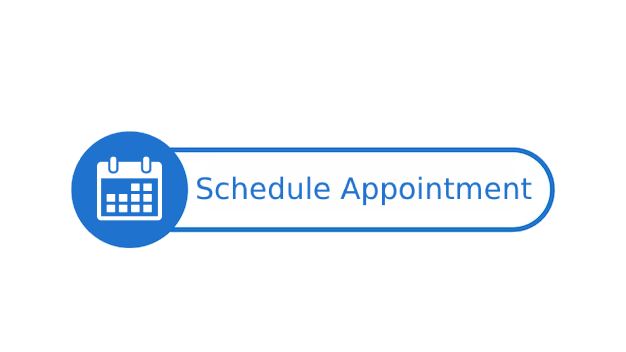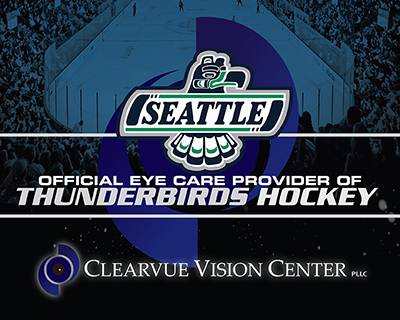Keep up-to-date on the latest vision-related news and eye care events in our practice. The items are displayed by year and month. To view older entries use the links in the box below to select the year and month you would like.
Nov 07, 2023
If you're seeking relief from dry eye symptoms with LipiFlow treatment, you're in the right place.
Jun 30, 2023
In the realm of vision correction, scleral contact lenses have emerged as a game-changer, offering hope and relief to individuals suffering from complex eye conditions. These conditions, ranging from severe corneal irregularities to serious dry eye, can be incredibly challenging to manage.
Apr 25, 2023
While many people turn to tap water to rinse their eyes, it may not always be safe. Find out when to use water, and what to use when you can't!
Mar 19, 2023
Did you know that your eyes are often the first line of defense when it comes to detecting and treating many common systemic diseases and conditions? It's true!
May 09, 2020
COVID-19 Safety Protocol: Our number one priority is to protect the health of our patients, staff, and local community. We are closely following the guidelines for COVID-19 provided by the Centers for Disease Control and the Washington Department of Health. Doctors, staff and patients must wear a mask ( without...
Jan 08, 2020
Before our eye doctor answers the question about whether or not contacts can help you achieve 20/20 vision, let’s discuss what those numbers mean. Everyone talks about 20/20 vision all the time, but what is it exactly? Our optometrist at your nearby eye care center in Kent can answer any...
Jun 24, 2019
By: Dr. Allison Moy, O.D., F.A.A.O, F.S.L.S The onset of presbyopia, the progressively worsening ability to focus clearly on close objects, typically becomes noticeable after age 40. Patients who are interested in a contact lens option that provides clear vision at both distance and near may benefit from multifocal contact...
Jan 31, 2018
By: Dr. Allison Moy, O.D., F.A.A.O, F.S.L.S Clearvue Vision Center proudly serving Kent, WA and Renton, WA. Have you experienced difficulty achieving adequate vision or comfort in traditional soft or gas permeable contact lenses? New innovations in scleral contact lenses have provided a great alternative for those seeking contact lenses...
Nov 08, 2012
Have you ever thought about contact lenses as an option to correct astigmatism? The cornea is normally spherical, but in the case of someone with astigmatism, it's more elliptical. This ostensibly small feature actually alters how light enters the eye, and results in blurred vision. Toric contact lenses are prescribed...




